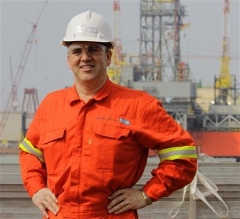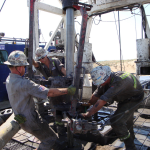A rig manager, who you also may hear being referred to as a Toolpusher , basically is tasked with supervising the oil rig’s staff and all drill-related activities and equipment. A rig manager is to be used as an example of leadership, is to define safety training procedures and is to resolve disputes and provide his help when dealing with personnel and operational problems.
As with most sectors, it is quite common for one to elevate through the ranks in the oil and gas industry, and this also holds true for rig manager. A rig manager often starts out as a roughneck and later on moves on to higher positions. A good rig manager is able to deal with almost any type of problem that may occur on the rig and is not afraid of getting his hands dirty during peak time.
A ring manager spends most of his time interfacing with the crew of the rig, but is to also regularly meet and communicate with his superiors within the company.
Ring manager’s responsibilities are:
- Adherence to safety practices
- Managing a rig’s respective set up and take down
- Rig crew coordination
- Managing the day-to-day drilling procedures
- Carrying out prep work prior to setting up a rig
- Adherence to eco-related and other government laws and policies
- Handling of personnel problems
If you are to be among the successful rig managers out there you are to have leadership qualities, be
able to communicate as well as listen, maintain a high level of organization and delegate responsibilities.
You may be required to have several certifications before being able to fulfill the position of rig manager:
- WHIMIS (Workers Health Industrial Management Information System)
- First Aid
- Fall Protection
- Hydrogen Sulphide Safety Training (H2S)
- Specialized safety training like high angle rescue and fall protection
- Oil field boiler
Rig manager`s salary will depend on the particular company and the scope of experience you have.



